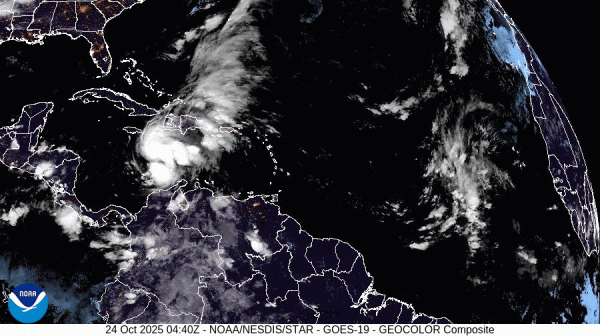
A fatal great white shark attack in Maine on Monday (July 27) was only the state’s second recorded shark attack ever. But white sharks have long been in the waters of the Gulf of Maine.
Great white sharks () range as far north as the Bay of Fundy and Newfoundland, in Canadian waters, said Gregory Skomal, a senior fisheries scientist at the Massachusetts Division of Marine Fisheries. These same sharks can be found as far south as the Gulf of Mexico in cooler months.
“We’ve got over 200 tags out on white sharks, and those sharks move seamlessly all the way to Canada,” Skomal told Live Science.
Fatal attack
Despite the long-running presence of sharks in Maine waters, scientists know about only two recorded attacks on humans. The first was an attack of a commercial diver by a porbeagle shark in 2010; the diver was not injured according to CBC News.
The second was this Monday’s attack, with a far more tragic outcome. According to CNN, Julie Dimperio Holowach, 63, of New York City, was swimming with her daughter when she was attacked and killed. A tooth fragment left behind indicated that the attacker was a great white shark.
It’s likely that the shark mistook Holowach, who was wearing a wetsuit, for a seal, said Bob Hueter, a senior scientist at Mote Marine Laboratory and also chief scientist for the marine research organization OCEARCH. Seals are common along the coastline of the Gulf of Maine, he told Live Science.
“Where there are seals in the summertime up in New England, there are white sharks, you can bank on that,” Hueter said.
Related Content
— Image gallery: Great white sharks
Dangers in the deep: 10 spookiest sea creatures
— 8 weird facts about sharks
Traveling great whites
Great whites are an elusive species, but advances in tagging and tracking technologies have begun to reveal their secrets. Using both satellite tags and acoustic tags that ping networks of underwater sensors along the Eastern Seaboard, researchers have found that white sharks probably give birth off the coast of Long Island, in an area called the New York Bight. In the fall, the sharks flee chilly waters and head south to the Carolinas, Florida and Gulf of Mexico. As the waters warm in the spring and summer, they head back north.
“It’s kind of like opening the restaurant for them,” Skomal said. “It allows the opportunities to feed on the pinniped [seal] species” that live in the Northeast and off the Canadian coast.
Scientists have begun to understand these movements in the last decade. In 2017, Skomal and his colleagues published a study in the journal Marine Ecology Progress Series showing the wide distribution of white sharks and the timing of their movements. This month, Hueter and his colleagues published research in the Canadian Journal of Fisheries and Aquatic Sciences revealing a consistent and common great white shark presence in the Canadian Atlantic.
A segment of the mature females also heads out into the open ocean, past Bermuda as far as the mid-Atlantic ridge, Hueter said. Researchers aren’t yet sure, but they suspect that these are pregnant females, who may be breaking away from the main shark population while they gestate, “probably because they don’t want to be harassed by any more males,” Hueter said.
No one knows precisely how many great white sharks live off the U.S. East Coast, Skomal said, though he and his team hope to provide some of the first data-driven estimates later this year or early next year. However, the population has likely been growing and stabilizing since protections were put in place for them in the 1990s, Skomal said. Before that, they were overfished, and their populations plummeted.
This restoration is good news for the ocean ecosystem. As apex predators, sharks play an important role in keeping their prey species in check, keeping the food web in balance, Hueter said. However, during the decades that great white shark populations were in decline, human recreation in the ocean exploded, Skomal said. People became accustomed to an ocean artificially deprived of great whites. The sharks still probably aren’t back to their original numbers, Skomal said, but more people and more sharks in the water means more opportunities for clashes. Part of the goal of shark-tracking projects is to understand where and when sharks hunt in a very detailed way, he said.
“If we can understand where and when a white shark is most likely to attempt to attack a seal, we can also share that information with beach managers and the general public,” Skomal said. “Those might be the areas or the times to avoid conducting your activities on the water.”
Sourse: www.livescience.com





